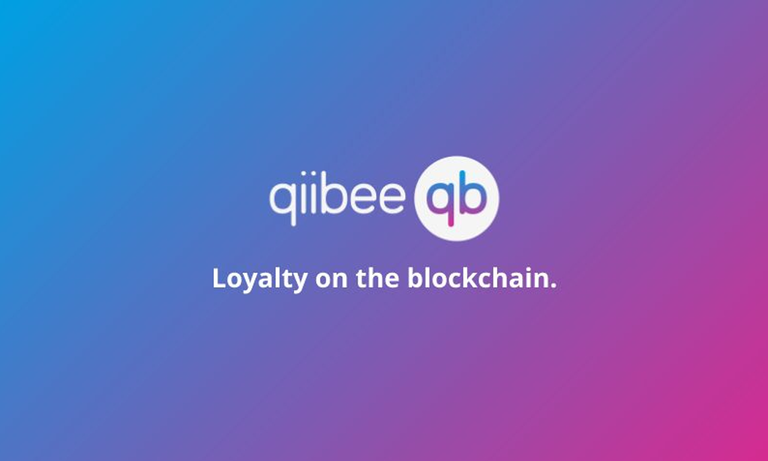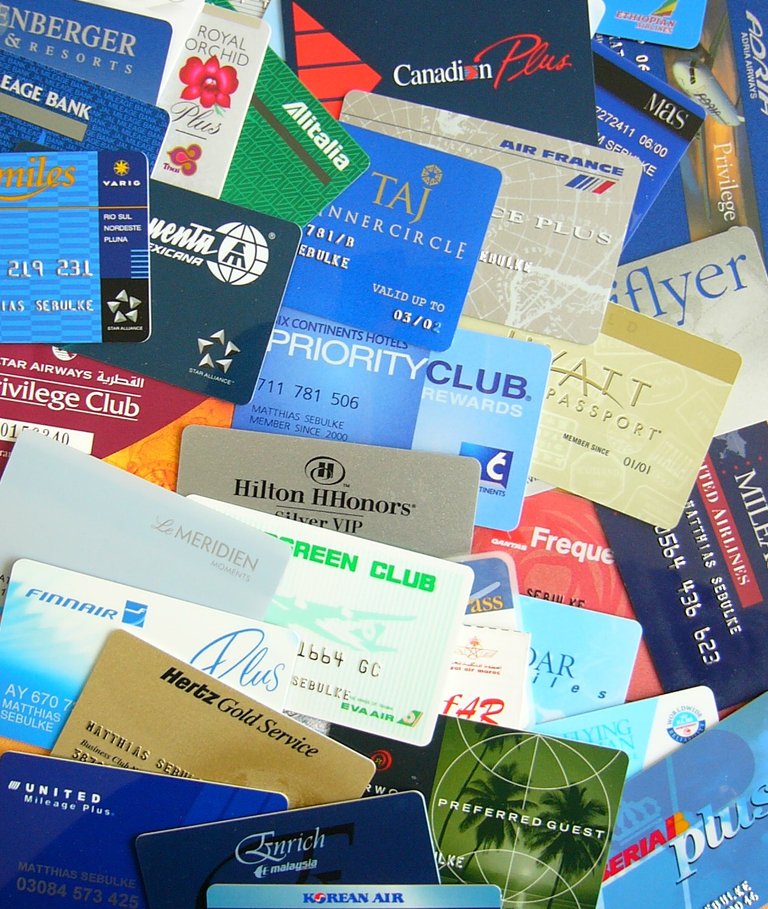We are all familiar with loyalty programs. From virtually any merchandise or service store you use, you are offered a loyalty card: the more you shop with the company, the closer you get to being rewarded. Be it a clothes store, a consumer goods shop or a credit card company, loyalty programs are used everywhere.
Image labelled for re-use
Why do companies do loyalty programs?
Well, it's a marketing strategy. The reward, is an incentive - a bait if you like, for the consumer to shop more with the company; to gain him as a loyal customer. Companies know that consumers love good bargains and to save money, so the attached reward is usually a discount or cash-back on an item, free merchandise, coupon for an event/item amongst few othera few other options.
But is this working? Do companies with loyalty card-carrying consumers really receive higher patronage than those without? Ordinarily they should. But the reality as backed by research statistics is NO.
And Why not?
For one, too many companies offer loyalty programs. In the end it is difficult for a person to be active in all. According According to the 2013 COLLOQUY Loyalty Census, an average US adult belongs to some 22 different loyalty programs out of which he's only active in 9.5 of them.1
The rewards of such programs are often unclear, diffusing any motivation the consumer might have towards increased shopping when he joined the program. 81% of respondents in a December 2012 Edgell Knowledge Network survey, said they didn't know what they were going to get when they reached the accumulated point or how and when it would come. 2
Many customers were not getting the rewards. In most programs it took too long for the average customer to accumulate the required points. This is more so in stores which were not frequented by the consumer.
If consumers are not responding favourably to loyalty programs, it means the company is not getting increased sales as intended. What is the result?
In the last six years, four robust consumer stores opened one after the other in the area where I live. We were very excited because it meant convenience and better choice for us consumers: we could compare prices, variety and quality of products before making purchases. I shopped from all four stores regularly and carried their loyalty cards. However, like most other customers I'm sure, I was in the dark about what I stood to gain when I had accumulated enough points, so there was no real drive to restrict my purchases to any particular one. What more, I didn't even know how much points I needed to get the reward.
Within a spate of six months, recently, two of those stores closed shop.
Unified Loyalty programs
Based on the faults in the existing form, where the loyalty programs market was highly fragmented, a different kind of loyalty program began to emerge in different places around the world from the 1990s. Under the unified or coalition loyalty program, several companies participate in a single reward program and consumers are encouraged to patronise all of them, accumulating points in one currency as they shop. When the required points are attained, the consumer can use the currency to redeem her points at any of the participating companies. In this case, it is usually any of a variety of rewards: discounted or free purchases, gift cards, trips (arrangement) sponsorships etc. Some popular unified loyalty programs are AIR MILES (Canada), Payback (Germany) and Nectar (UK).
Has the unified loyalty program model been effective?
The answer is a resounding yes! Reports state that overall, up to 60% of households in operating countries now participate in the programs.
The unified Loyalty scheme proposition is by far more attractive to consumers than a standalone program. The reason is obvious as highlighted in the table below:
Standalone Loyalty Program | Unified Loyalty Program
Dozens of standalone loyalty cards, difficult to track | Single multiple-company loyalty card, very easy to track
Hazy reward | Straightforward, clear reward system
Points take long to accumulate and is often not redeemed | points accumulate fast and are redeemed.
Low quality rewards which generate low level, largely temporary involvement from customers and are easily replicated by competitors | Higher quality, varied and attractive rewards due to the strength of the coalition which generate deep involvement from customers.
What do participating companies gain?
[ ] higher sales: Generally, consumers spend more with participating retailers of a unified loyalty program than they do in a single store loyalty program. For instance, when members redeem points, loyalty to the scheme is often deepened which leads to increased shopping.
[ ] As set-up cost is shared, a unified loyalty program comes at a lower cost for participating companies than if they had organised standalone programs.
[ ] brands can benefit from associating with other brands within the ecosystem, like formed partnerships and liaisons.
[ ] The platform is able to gain access to more efficient, database of information on consumers with which it is able to make targeted and profitable marketing campaigns.
[ ] Unified Loyalty program often have unique designs/components making them difficult for competitors to duplicate.
[ ] Many coalition programs are operated by a third party specialist whose expertise typically result in a more rewarding experience for both retailers and consumers.
It gets better: qiibee, a unified loyalty program based on the blockchain

Qiibee is a unified loyalty program built on the blockchain. Companies can leverage on the highly rated advantages of the blockchain through their hosting their loyalty programs on its platform.
The operating company's mission is to be a platform to hundreds of brands whilst serving thousands of customers. Already, its foray into the traditional loyalty sector since 2015 has been highly successful. Qiibee has worked with over 900 brand partners, with more than 100 million users generating over six million activities.
The move to a blockchain-based platform is informed by its identification of the platform as the most rewarding for all partners in the loyalty community, based on its unique features and benefits.
For more contact the qiibee website
OR
detailed whitepaper here
qiibee2018
contestThis is my entry for the qiibee sponsored @originalworks
